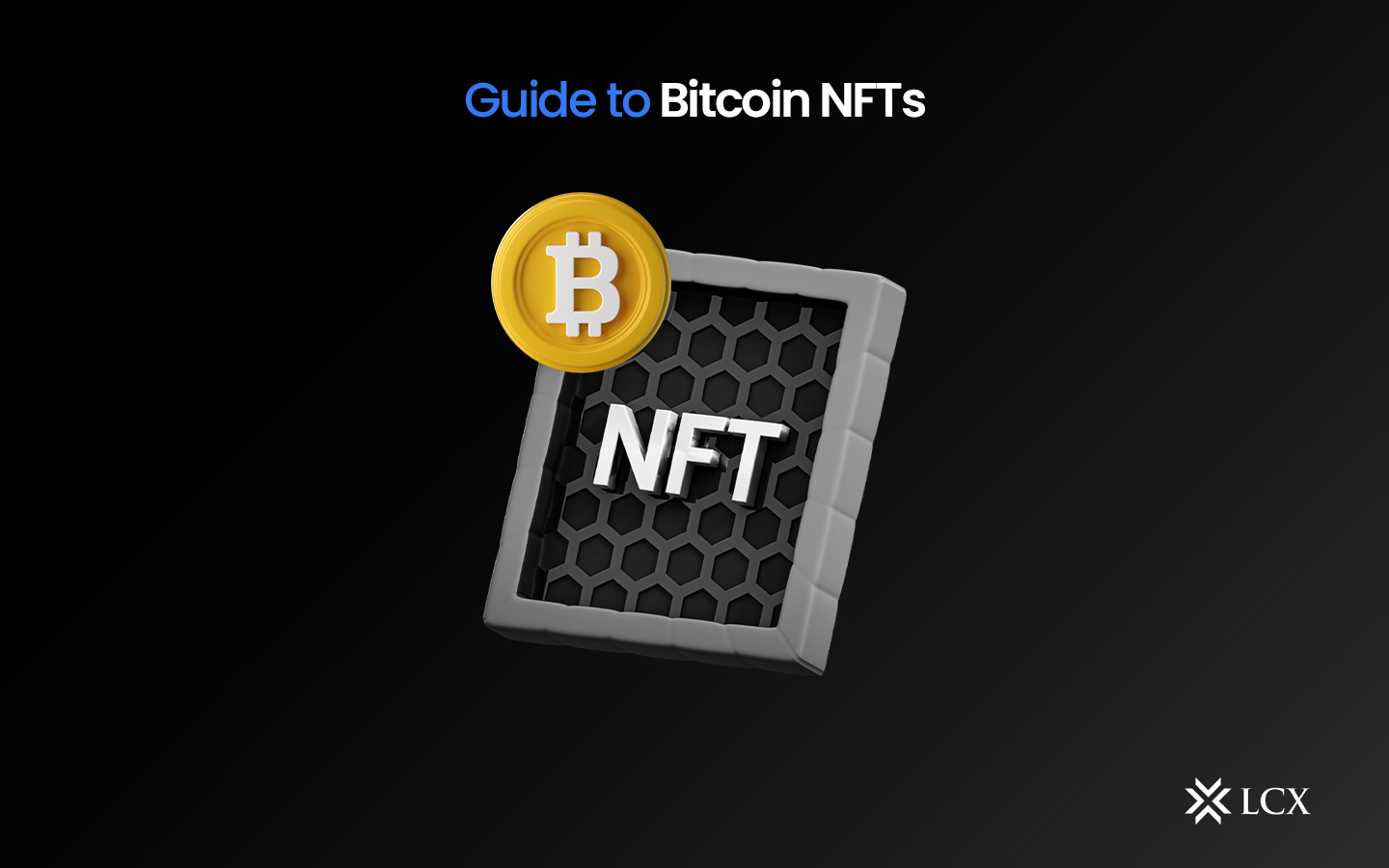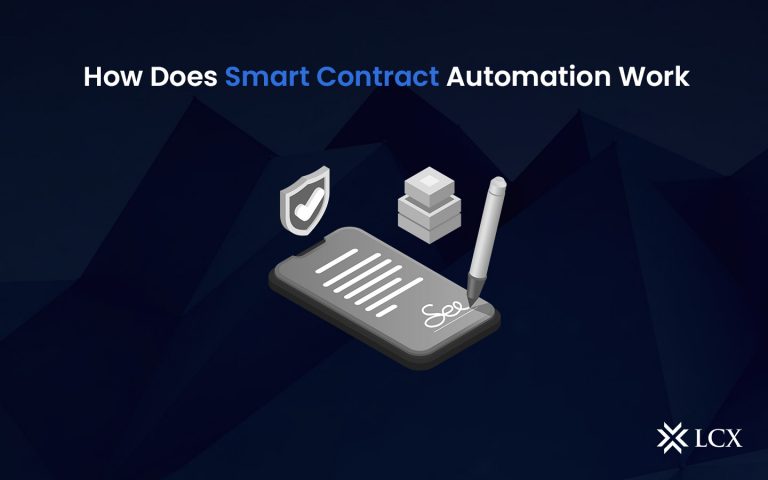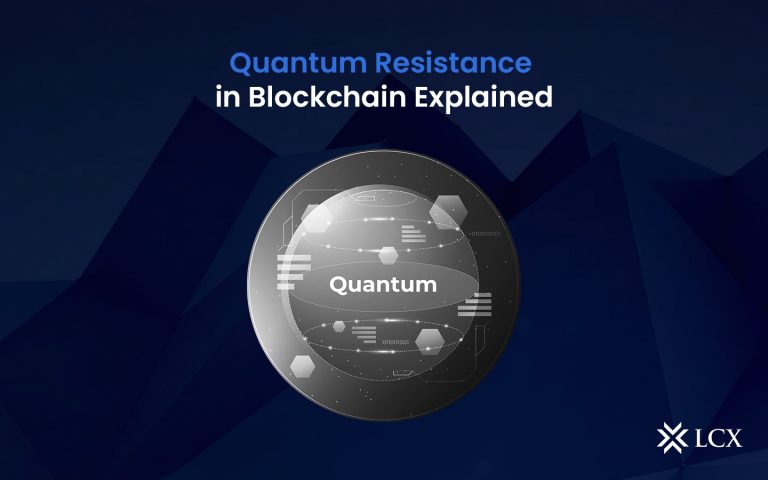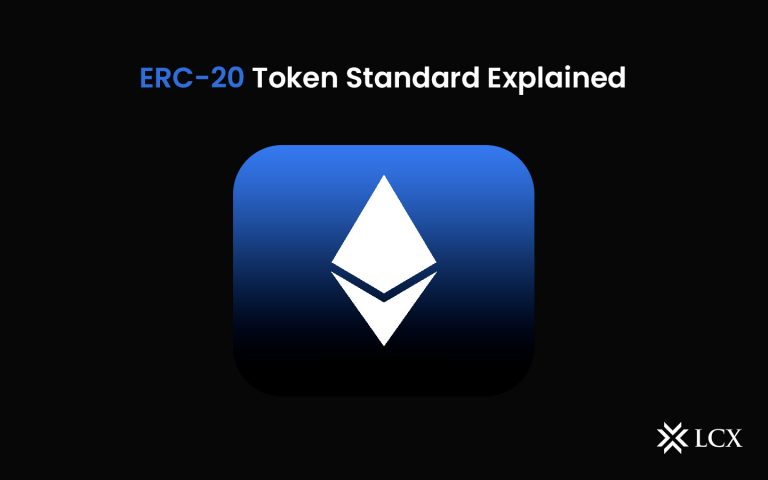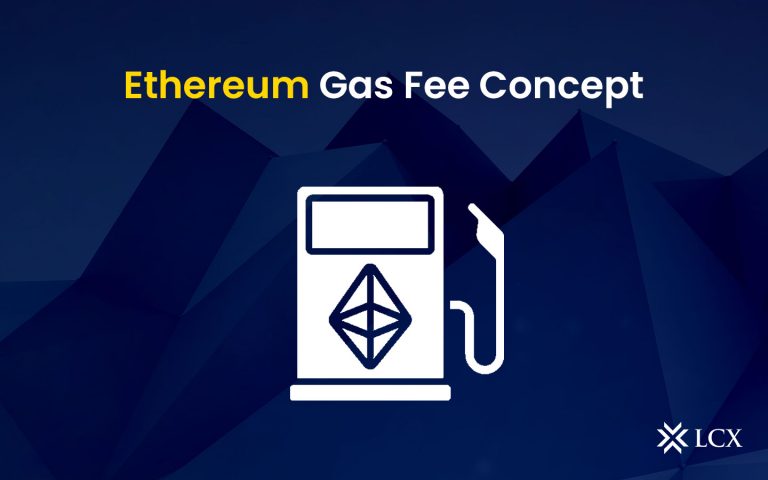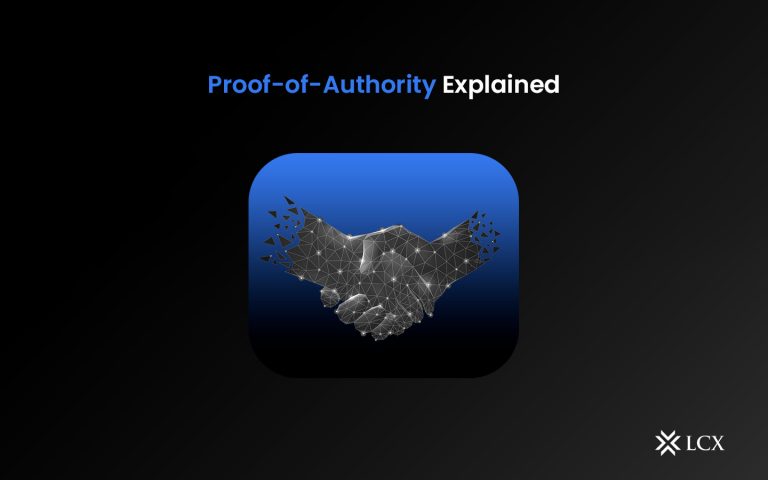Ordinals are the present trend dominating Bitcoin. The daily record for Ordinals inscriptions exceeded four times in April 2023 alone, as consumers overwhelmed the website with photographs, games, and other types of content. Similar to NFTs, Ordinal NFTs are digital assets written on a satoshi, the smallest unit of Bitcoin (BTC). Thanks to the Taproot upgrade introduced on the Bitcoin network on November 14, 2021, satoshis, which have been named after the anonymous founder of Bitcoin, Satoshi Nakamoto, can be inscribed.
Bitcoin Ordinals appear to have seized control of Web3, at least. Since software engineer Casey Rodarmor introduced the protocol on January 21, the space has been abuzz, with some enthusiastic about the forthcoming update and others swearing off Ordinals entirely. At the time of writing, over ten million Ordinals had been minted. Even though this appears to be a large quantity, there are actually numerous individuals who do not know how to buy or create them. With greater barriers to entry, there are numerous potential opportunities. However, this entails greater dangers.
What are Ordinals? How are they Different From NFTs?
Each Bitcoin is divided into 100,000,000 units known as satoshis. The new Ordinals protocol enables Bitcoin node operators to inscribe each block with information, building something known as an Ordinal. This Bitcoin data can contain smart contracts, which in exchange enable NFTs. Ordinals are NFTs that can be created immediately on the Bitcoin blockchain.
However, that’s not precisely correct. This is the common notion, but there are several significant distinctions among NFTs and Ordinals.
Using dynamic metadata, NFTs on Ethereum (or an Ethereum Virtual Machine blockchain) frequently point to off-chain data on the Interplanetary File System (IPFS), a decentralized file storage system similar to the blockchain’s hard drive, that can be modified. Some NFT initiatives, for example, change the information in the metadata for particular NFTs to enhance image quality. They may even request that their holders select “refresh metadata” on OpenSea to obtain an updated, higher-quality image.
Ordinals on Bitcoin might not only represent a cultural shift for Bitcoin but also a technical advance over NFTs. In light of this, here is how to purchase, receive, and preserve the first ordinals.
How do Bitcoin NFTs Work?
To comprehend the operation of ordinal NFTs, it’s essential to differentiate between the terms “ordinals” and “inscriptions” when discussing this new type of Bitcoin NFT. Ordinals refer to a method of organizing particular satoshis in a way that provides the essential “non-fungible” property required for producing NFTs. They allow for the identification and ordering of these satoshis in a unique manner.
On the other hand, inscriptions contain the real substance of the ordinal NFT. This includes aspects such as images, text, and videos, as well as any other random information typically associated with an NFT. Inscriptions can be compared to the token ID and metadata associated with non-Bitcoin NFTs.
To better comprehend ordinal non-Bitcoin NFTs, it can be useful to compare them to non-Bitcoin NFTs. Ordinal NFTs, like non-Bitcoin NFTs, are distinct, unique tokens. However, ordinal NFTs rely on ordinals for identification and inscriptions to provide their specific content, as opposed to tokenID and metadata.
How to Create a Bitcoin NFT
The Ordinals ecosystem is in its early stages, and minting an ordinal NFT continues to be difficult and may necessitate technical expertise. For instance, there are no NFT marketplaces that make their creation simple for consumers. Creating them requires multiple technical steps, such as running a complete Bitcoin node and deploying a Taproot-compatible wallet on that node prior to depositing satoshis. Using a non-code instrument to engrave the ordinal NFT may be a less complicated alternative method.
Choose a wallet with “coin control” to prevent wasting Ordinal satoshis on network costs or transmitting them inadvertently with another transaction. Those who wish to engrave an Ordinal must also have sufficient bitcoins to pay for the transaction charge.
Conclusion
Ordinal NFTs are revolutionizing blockchain art by introducing an altogether new method for storing information on Bitcoin. They have raised the number of Bitcoin addresses with a value greater than zero to an all-time high. We are observing a moment in Bitcoin’s history that is exceptional in that its creation has created network activity that goes beyond the usual cases of investment and money transfer.
